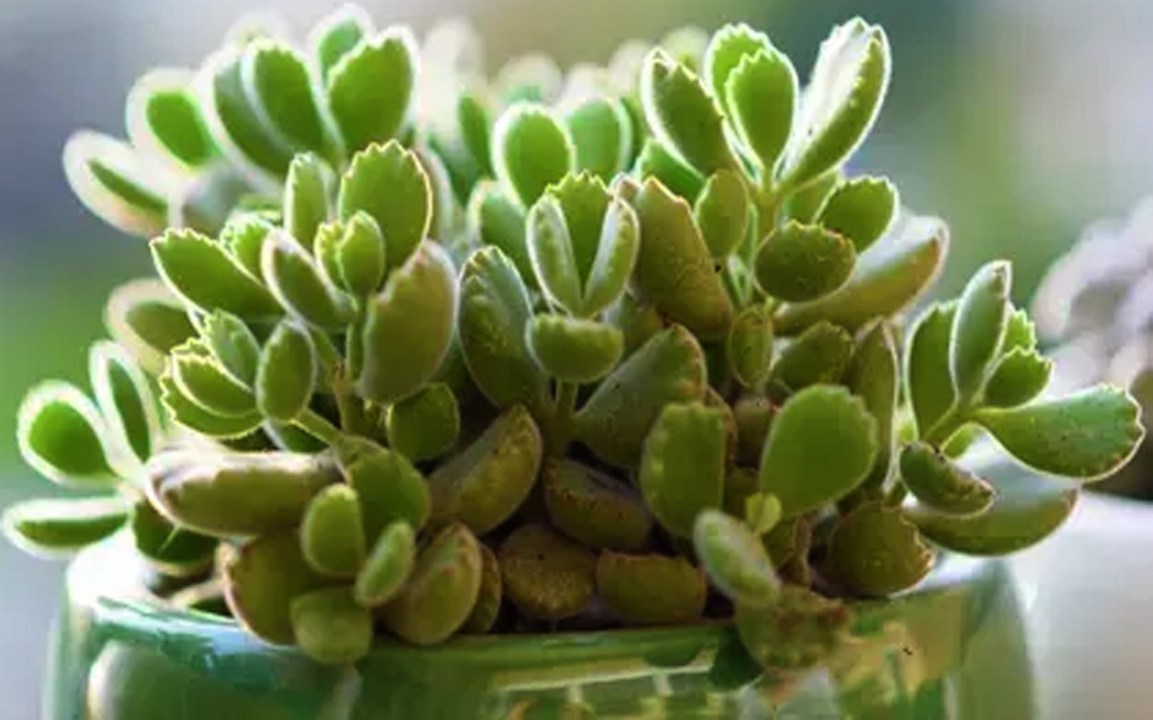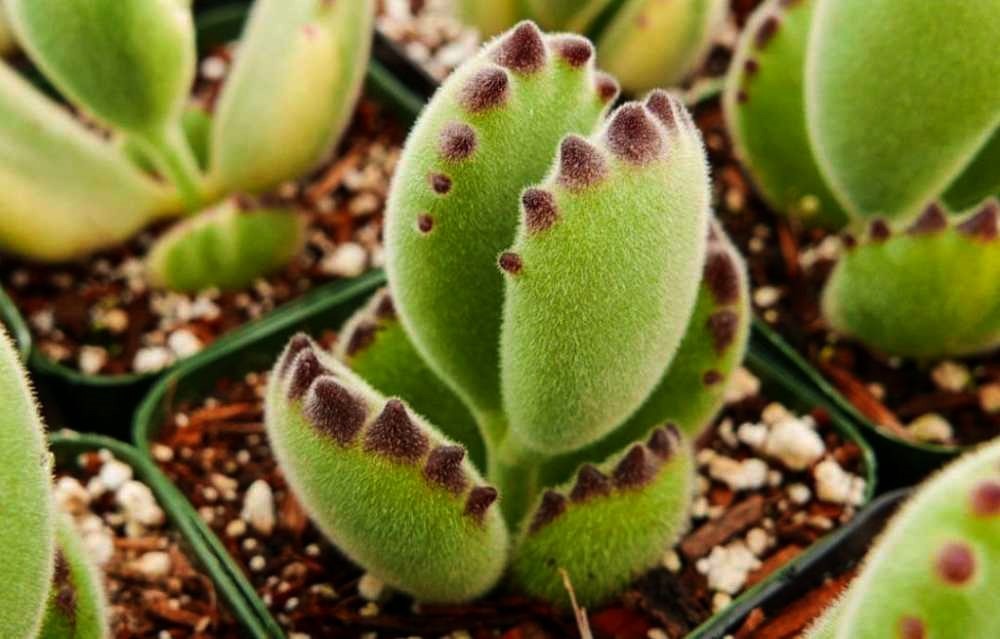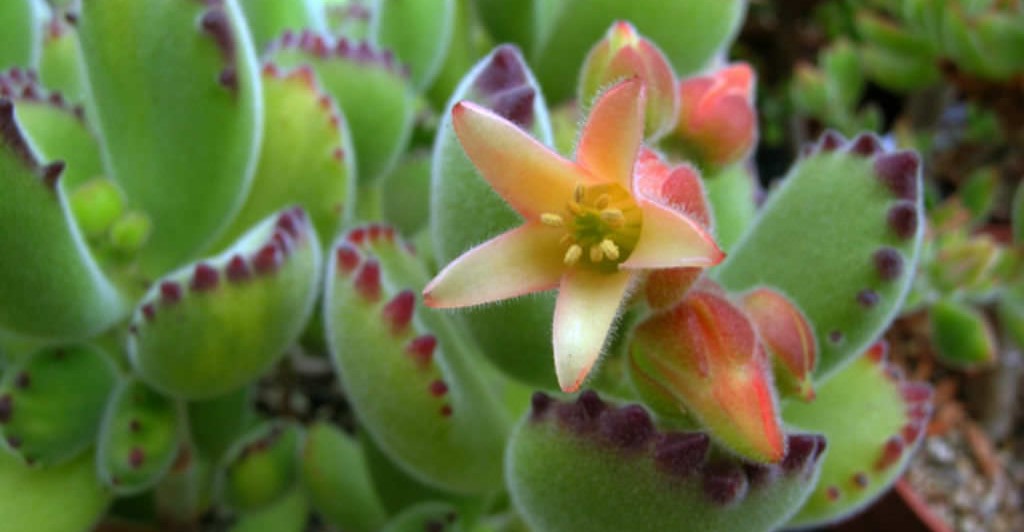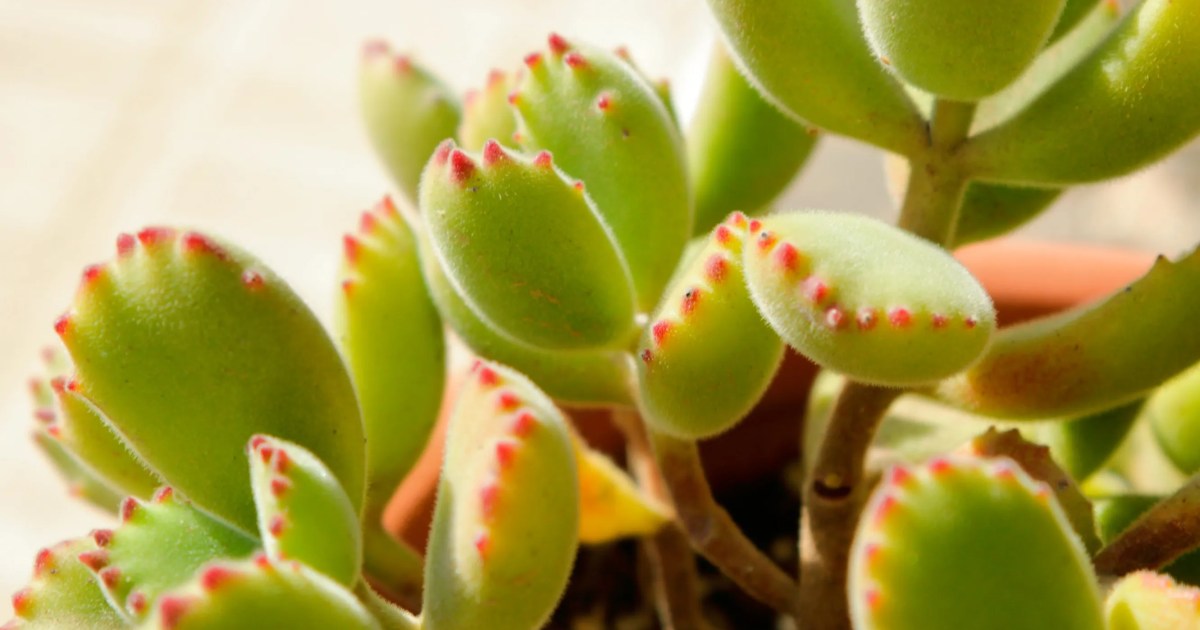For all the people who love plants, this succulent is sure to warm the heart with its great charm. Like many crássulas, due to their diminutive size, they are intended for small pots, but they guarantee a beautiful image in any environment.

The popular “Bear Claw” (Cotyledon tomentosa) is a herbaceous succulent plant belonging to the Crassulaceae family native to South Africa. Due to the thickness of its tiny leaves, it displays a certain curiosity and attractiveness before the eyes: it is that it has a shape similar to a bear’s paw.
As it does not take up much space and grows quite slowly, it is highly requested to decorate homes, offices and different work spaces, offering distinction and delicacy to the place.

As a characteristic, this plant has cylindrical and branched stems that do not exceed 15 to 20 centimeters in height. These ramifications originate directly from the very bushy leaf axils, where the fleshy and rounded leaves emerge from the stems, with their visible attraction on their entire lateral margins and with the toothed termination, simulating tiny fingernails, which generates a perfect combination. of nature, similar to a bear’s paw or claw.

In almost all the leaves it presents a green hue and also has on the pubescent surface, a kind of cover by a layer of limited whitish filaments.

This beauty also offers a flowering that – although these are very tiny like all the origin of the species –they ensure a unique ornamental plus due to the bell-shaped inflorescences with reddish-orange petals that arise from the apex of the stems.
Although it is very easy to maintain, like most succulents, it never hurts to take care of your lighting, since it prefers direct exposure to the sun in autumn and winter, while in summer it is recommended to place it in the shade.
The bear’s claw can accompany us both indoors and outdoors as it is a plant that develops better in warm climates but, if it is kept in gardens or outdoor galleries, it should be covered to protect itself from the cold. It is maintained under an ideal temperature between 20ºC-28ºC and should not be exposed to temperatures below 7ºC.
As for the sandy substrate and good water drainage to prevent its roots from rotting. Irrigation should be done when the surface of the earth is completely dry, while in winter it is recommended to suspend said irrigation.
Like all crassa, its multiplication is very simple through the cuttings of its ramifications.
To comment on this note you must have your digital access.
Subscribe to add your opinion!
Subscribe
